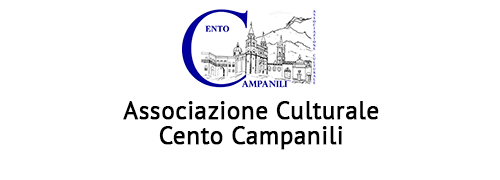- Home
- Itineraries
- The-Three-Basilicas
- Basilica of the Saints Peter and Paul
Description
History of the building
The first building of the church of Saints Peter and Paul dates back to the late 16th century. The church, which was very simple back then, stood behind the old “main church” of Acireale, in a wood owned by the Abbey of Nova Luce of Catania called “the Abbot’s dam”. In 1602, the deans of the Confraternity of St. Peter decided to sell their church and cemetery to the governors of the main church who needed additional space for the expansion of their church. In 1608, thanks to the money from the sale, they started building the new sacred temple that was built not far from the previous one. The interior, with one nave, had a big sacristy and had side chapels. The apse was decorated by the frescoes of painter Giovanni Fulco, between 1674 and 1679. They represented scenes of the martyrdom of the two holy Apostles. In those same years, the building was equipped with a wooden roof and stucco and plaster made according to the 17th century’s architectural styles. The violence of the earthquake of 1693 destroyed the dome and caused serious damage to the whole structure. In 1740 the building of the façade -designed by the local artist Pietro Paolo Vasta- began. Starting from 1790 the interior of the church underwent a great transformation. The realization of the project of architect Francesco Di Paola Patanè led to the suppression of the wooden roof "carved with great skill" and to the making of the new masonry vault supported by columns. The new structure, decorated with classical plasters and frames typical of the time, resisted to the next violent earthquake of 1818.
The Façade
The intrados of the lintel of the main portal of the church shows “1740” as the date of commencement of the work of the new façade of the sacred place, but the leaders of the church had already found the money needed for the construction of the bell tower in 1705 . In 1728 the works were advanced but still the bells remained exposed. The bell tower was built with a decorative structure that shows ashlar-worked angles with plant shapes and decorative masks at the top of each order. The cuspidate roof gives the work a verticalism underlined also by the four smaller peaks in the angles. The original façade of the church, “hut shaped”, appeared too poor compared to the rich bell tower built according to the Sicilian Baroque style. The brothers of St Peter 's Basilica -seeing that the Confraternity of St. Sebastian, their rival, had built a big church in honor of their patron saint- commissioned Pietro Paolo Vasta to design the new façade. Since he had to adapt the existing masonry structures, such as the bell tower on the right and the side chapels on the left, Vasta created the illusion of a three-nave church. The façade, made in white stone of Syracuse, replaced the existing facade and consisted of two architectural orders. The first one presents eight free-standing Corinthian columns, which alternate with the three doors. The main portal is surmounted by a broken gable supported by two smaller columns but still Corinthian style. At the center of the gable is placed a shield made by Francesco Flavetta (1744), which shows the iconographic symbols of the two princes of the Apostles: the sword of St. Paul, the papal tiara and keys of St. Peter, two palms symbol of their martyrdom. On either side of the portal there are two niches adorned on top by two palm trees intertwined with a crown.
The carvings of the first order were made by master Flavetta while the installation was the work of masters Amico and Patanè. The second order, started in 1748 and completed in 1751, is decorated with six mixed style columns that encircle the central window, whose stained glass window, surmounted by a segmental gable, shows the coat of arms of the two holy Apostles. Besides this, we can also admire two circular plaques and statues of St Peter and St Paul, left to right. The second order is completed by a triangular classical gable. A third floor was added in 1765, five years after the death of Vasta, by architect Paolo Guarrera, but it hardly matches with the rest of the façade.

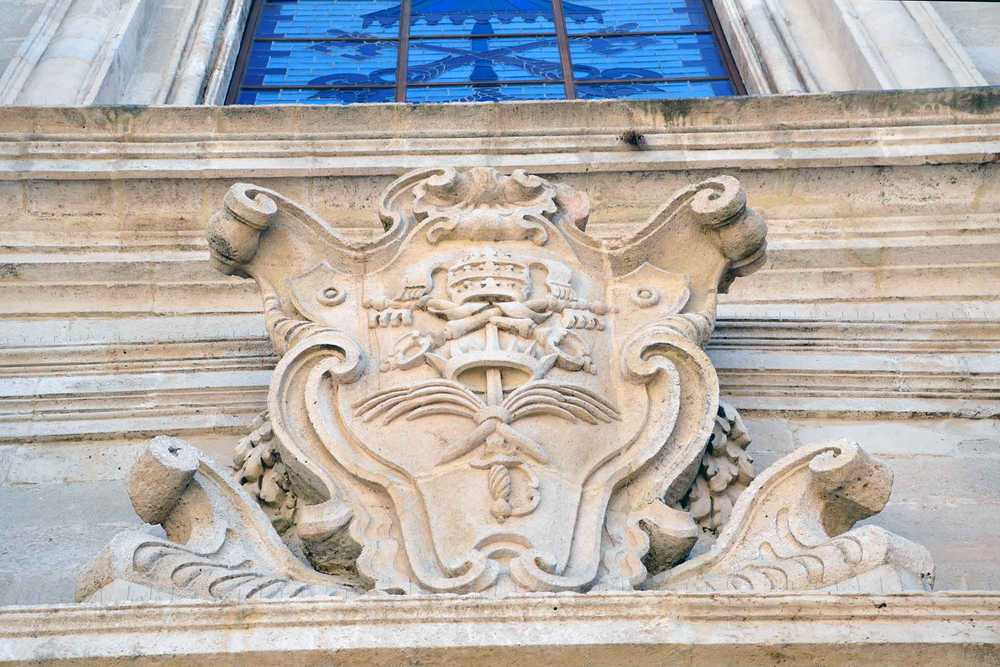

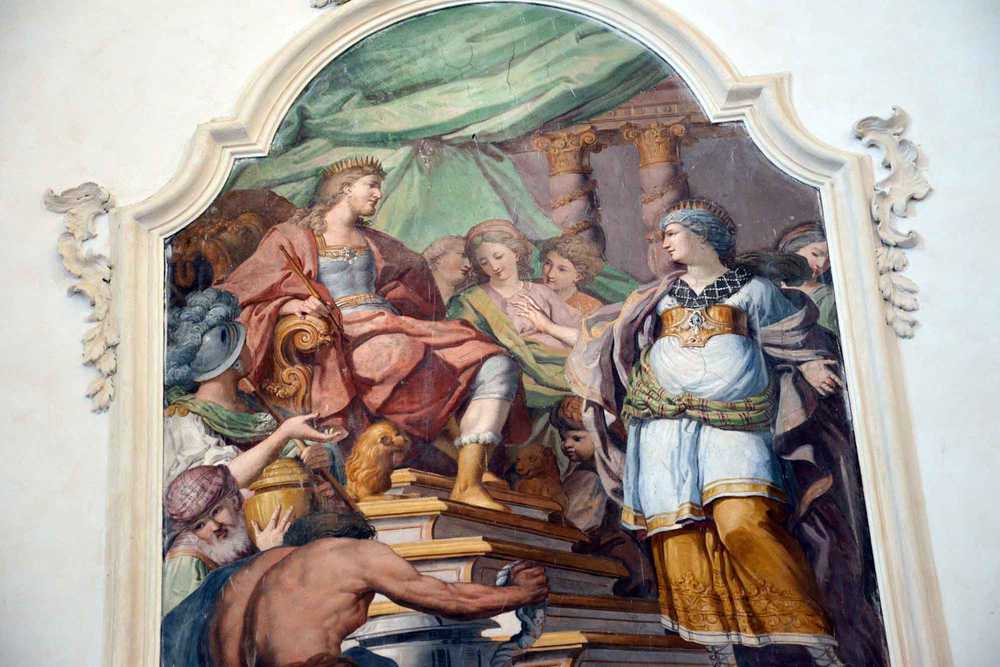
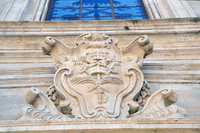
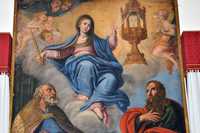
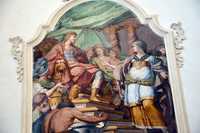
 Madonna con santi
Madonna con santi Estasi di sant’Andrea Avellino
Estasi di sant’Andrea Avellino Santissimo Crocifisso
Santissimo Crocifisso Maria Immacolata
Maria Immacolata Cristo alla colonna
Cristo alla colonna Madonna con le sante Lucia, Rosalia, Barbara e con san Carlo
Madonna con le sante Lucia, Rosalia, Barbara e con san Carlo Sant’Antonio abate
Sant’Antonio abate Santi Cirino, Alfio e Filadelfo
Santi Cirino, Alfio e Filadelfo Cappella di Gesù e Maria
Cappella di Gesù e Maria Sacrestia
Sacrestia Cappella del Divino Amore
Cappella del Divino Amore


